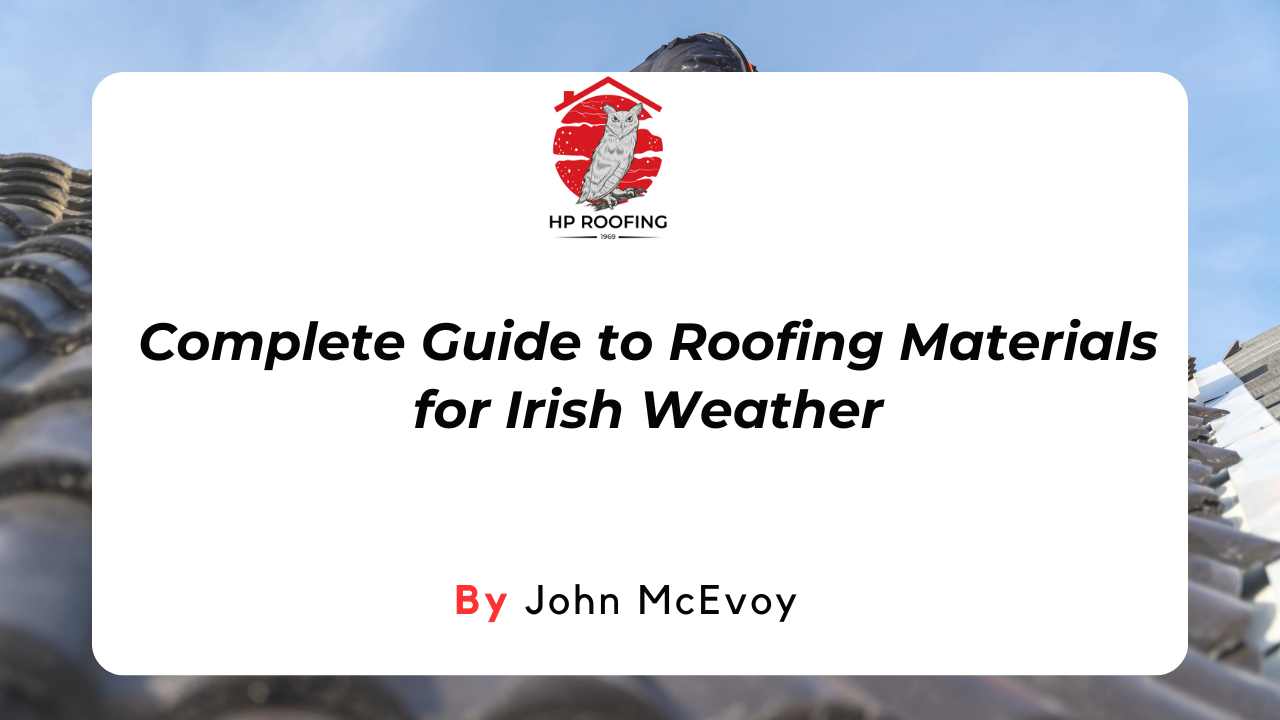Are you interested to know the lifespan of a flat roof? Flat roofs are a popular choice for many buildings, especially in commercial settings. Unlike traditional sloped roofs, flat roofs offer a decent look and practical space for installations like HVAC systems.
However, understanding the lifespan of a flat roof is crucial for property owners. Knowing how long your roof will last helps you plan maintenance, budget for replacements, and avoid unexpected repairs.
In this blog, we'll explore different types of flat roofs, factors that affect their lifespan, and tips to keep them in good shape.
Let’s discover the details to ensure your flat roof lasts as long as possible. Let's start!
What Are the Factors That Affect the Lifespan of a Flat Roof?
Understanding these factors is crucial for maintaining the health of your flat roof.
Quality of materials
The materials used in constructing a flat roof play a significant role in determining its lifespan. High-quality materials such as EPDM rubber and TPO membranes tend to last longer, often exceeding 25 years with proper care.
Cheaper materials might save money upfront but often require more frequent repairs and replacements. Investing in durable, high-quality roofing materials can significantly extend the life of your roof and reduce long-term maintenance costs.
Installation quality
Proper installation is crucial for maximising the lifespan of a flat roof. Even the best materials can fail if not installed correctly.
Hiring an experienced roofing contractor who specialises in flat roofs ensures that the roof is installed to the highest standards. Poor installation can lead to issues such as leaks and structural damage, which can significantly shorten the roof's lifespan.
Climate and weather conditions
The environment in which a flat roof is situated greatly impacts its durability. Harsh weather conditions, including extreme heat, heavy rainfall, and snow, can increase wear and tear.
UV rays from the sun can degrade roofing materials over time, while freezing temperatures can cause cracks and other damage. Regular inspections and maintenance are essential to address weather-related issues quickly.
Maintenance and repairs
Regular maintenance is key to extending the life of a flat roof. This includes routine inspections to check for signs of damage such as cracks, leaks, or pooling water. Timely repairs are crucial to prevent minor issues from growing into major problems.
Keeping the roof clean and ensuring that drainage systems are functioning properly can also help maintain the roof’s integrity.
Roof traffic
Foot traffic on a flat roof can contribute to wear and tear. Whether it's maintenance workers or residents using the roof as a recreational space, each step can potentially damage the roofing material.
Limiting access and using protective walkways can help minimise this damage and extend the roof's lifespan.
Design and slope
The design and slope of a flat roof affect its ability to shed water. A well-designed roof with a slight slope allows water to drain properly, reducing the risk of pooling and subsequent water damage.
Ensuring that your flat roof has enough drainage is essential for preventing long-term damage and maintaining its lifespan.
What Are the Types of Flat Roofs and their Lifespan?
Here are the most common types of flat roofs and how long each can typically last.
Built-Up roofing (BUR)
Built-Up Roofing (BUR) is one of the oldest and most traditional types of flat roofs. It consists of multiple layers of bitumen alternated with reinforcing fabrics, creating a finished membrane.
BUR roofs are highly durable and can last anywhere from 10 to 25 years, depending on the quality of the materials and the expertise of the installation.
Modified bitumen
Modified Bitumen roofs are a modern alternative to BUR roofs. They are made from asphalt combined with polymerized rubber or plastic, providing enhanced flexibility and resistance to extreme temperatures.
These roofs typically last between 15 to 25 years. The key to maintaining a modified bitumen roof is regular inspections.
EPDM (ethylene propylene diene monomer)
EPDM roofs are made from a synthetic rubber membrane and are known for their exceptional durability and resistance to UV rays.
An EPDM roof can last 25 to 30 years or more if properly maintained. This type of roofing is particularly popular for its ability to withstand a wide range of weather conditions.
TPO (thermoplastic olefin)
TPO roofs are composed of a single-ply membrane made from a blend of polypropylene and ethylene-propylene rubber.
These roofs are valued for their energy efficiency and ease of installation. A TPO roof typically lasts between 15 to 20 years. Maintaining a TPO roof involves regular cleaning and inspection.
PVC (polyvinyl chloride)
PVC roofs are another single-ply membrane option known for their durability and chemical resistance.
These roofs can last between 20 to 30 years. PVC roofs are also resistant to fire, making them a safe choice for many buildings.
Green roofs
Green roofs are unique in that they are covered with vegetation, providing both environmental and aesthetic benefits.
Depending on the type of plants used and the quality of the installation, green roofs can last between 20 to 50 years or more.
What Are the Tips for Extending the Lifespan of a Flat Roof?
Here are some essential tips to help you keep your flat roof in top condition:
Regular inspections
Regular inspections are crucial for spotting potential issues before they become major problems. Aim to inspect your roof at least twice a year, preferably in the spring and fall. Look for signs of damage such as cracks, blisters, or pooling water.
After severe weather events, such as storms or heavy snowfall, conduct an additional inspection to check for any new damage.
Proper drainage maintenance
Ensuring your roof has proper drainage is vital to prevent water from pooling and causing damage. Make sure gutters, downspouts, and drains are clear of debris like leaves, twigs, and dirt.
Clogged drainage systems can lead to standing water, which can weaken the roofing material and lead to leaks.
Timely repairs
Address any damage as soon as you notice it. Small issues like minor leaks or cracks can quickly grow into significant problems if left unattended.
Quickly repairing any damage ensures that your roof remains in good condition and prevents further deterioration.
Preventive measures
Taking preventive measures can also help extend the lifespan of your flat roof. Adding an extra waterproofing layer can provide additional protection against water damage.
Trimming nearby trees prevents branches from falling and damaging the roof, while also reducing the amount of debris that can clog drainage systems. Limiting foot traffic on the roof can prevent wear and tear.
Conclusion
We explored the lifespan of various types of flat roofs, such as Built-Up Roofing (BUR), Modified Bitumen, EPDM, TPO, PVC, and Green Roofs. We also discussed factors that affect their longevity and provided tips to extend their life, including regular inspections, proper drainage maintenance, timely repairs, and preventive measures.
Understanding these aspects can help you maintain your flat roof effectively and avoid unexpected costs.
For professional flat roofing services and expert maintenance advise, contact HP Roofing today. Our experienced team is ready to help you ensure your roof remains in excellent condition for years to come.
















